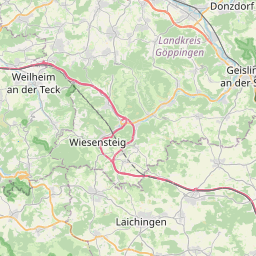






Description: Achievements: The applications of piezo ceramic patches on the primary structure have demonstrated that this approach can be a potential alternative to the classical passive dynamic vibration absorbers and to the loudspeakers. The research in advanced actuator design showed promising results for the piezo-ceramic based actuators and electrodynamic shakers. Flight test with the Dornier 328 as well as the ground tests in the Saab 340 ground test section in combination with loudspeakers showed very good results. However, for future applications of these approaches the actuators need more power. The results obtained using speaking panels in real flight are very encouraging. Additional works are needed to overcome the two phenomena high driving voltage and some non-linear behaviour in order to raise this technology to an industrial state. Neural network and genetic algorithm modelling has provided good locations of sensors and actuators at lower computation costs than others analytical algorithms. Extensive testing and detailed F.E-modelling was performed in order to construct accurate vibro-acoustic models of the structural and acoustical responses. The results obtained during Saab 340 ground test section showed excellent reductions and the feasibility of this approach. During the study 4 control algorithms were designed and selected for ground and flight tests: The robust vibration control algorithm exhibited good convergence characteristics both for rectified frame element and in the ATR42 mock-up tests. The twin-reference algorithm has proven to be valuable even in flight conditions with the synchrophaser turned off. The results of Saab 340 mock-up tests showed the need of multiple reference algorithms for real applications. The remote microphone algorithm, capable of reducing noise at positions well away from the error microphones, reaches noise reductions very close to those achieved with a LMS algorithm. The robust acoustic control algorithm was able to reduce the noise field significantly even during fast changes in RPM and during flight with different propellor RPM. In total three different full scale test campaigns were conducted at the end of the project, successfully verifying various different advanced developments in the field of active noise control.
SupportProgram
Origins: /Bund/UBA/UFORDAT
Tags: Keramik ? Fluglärm ? Lärmminderung ? Schallquelle ? Absorber ? Akustik ? Lärmemission ? Sensor ? Flugtriebwerk ? Aktiver Lärmschutz ? Flugzeug ? Kostenrechnung ? Lärmschutz ? Schalldruckpegel ? Lärmschutztechnik ? Anwendungstechnik ? Energie ? Luftfahrzeug ? Mathematisches Modell ? Propeller ? Studie ? Erschütterung ? Modellierung ? Freilandversuch ? Produktdesign ? Physikalischer Vorgang ? Akustische Kenngröße ? Lärmminderung [Verkehr] ? aerospace technology ?
Region: Baden-Württemberg
Bounding boxes: 9° .. 9° x 48.5° .. 48.5°
License: cc-by-nc-nd/4.0
Language: Englisch/English
Time ranges: 1994-09-01 - 1997-12-31
Accessed 1 times.